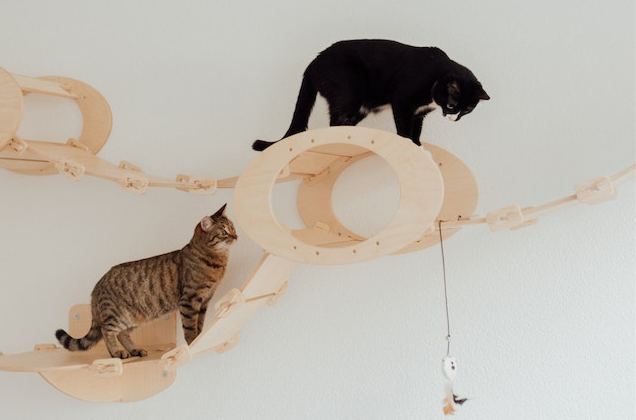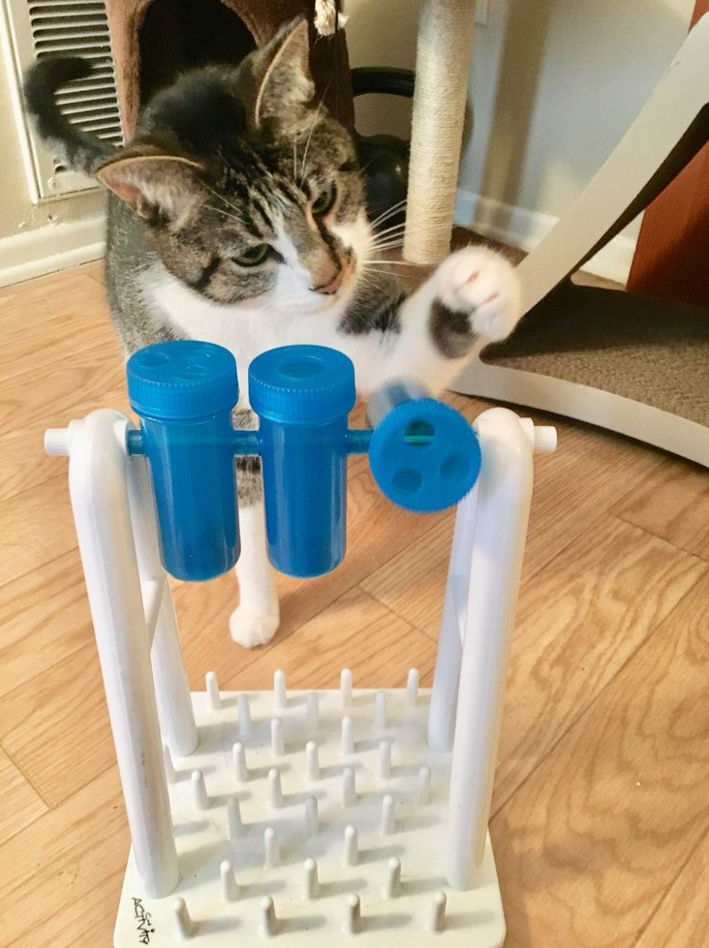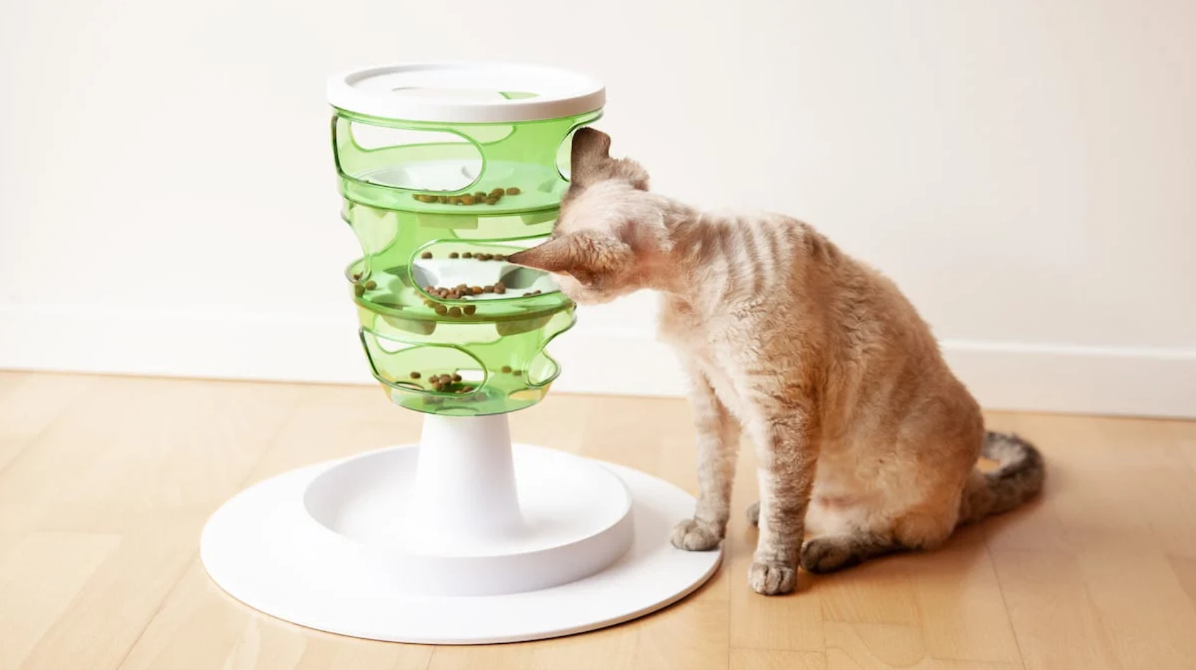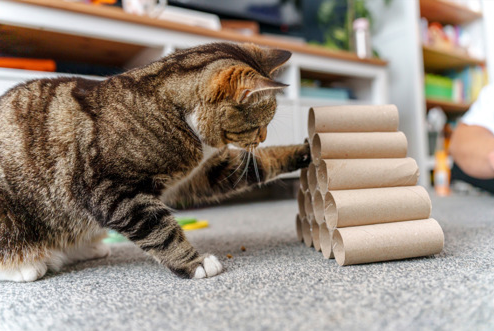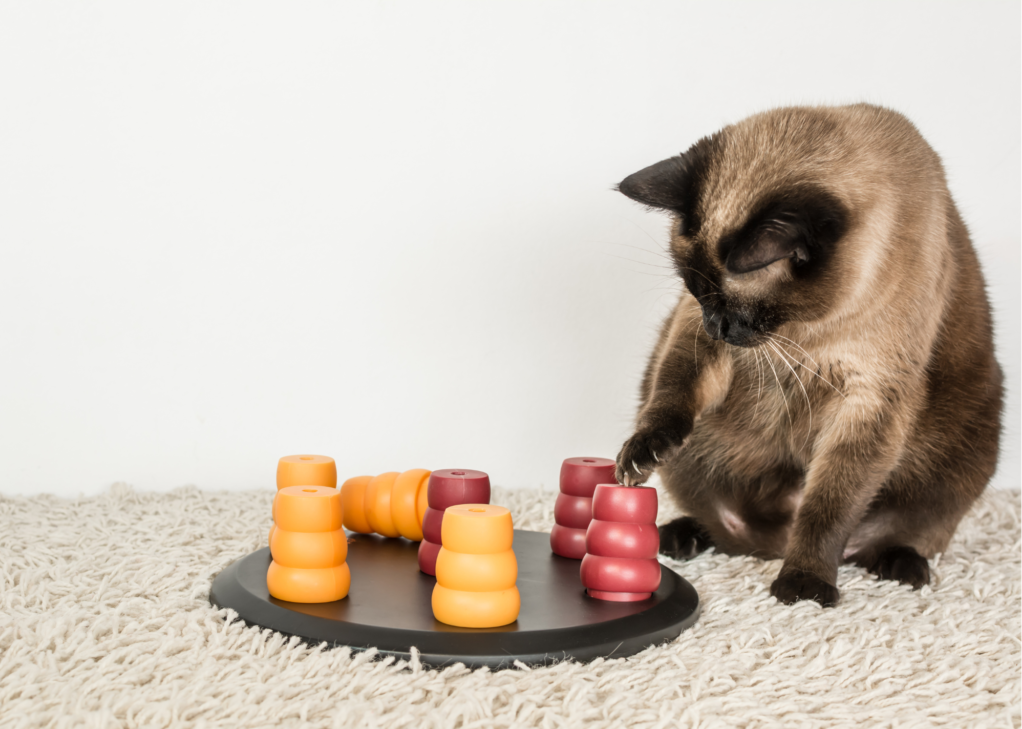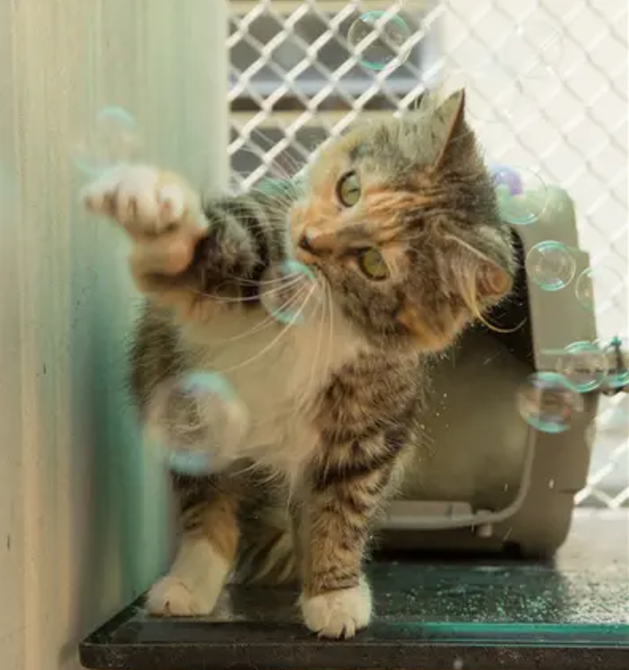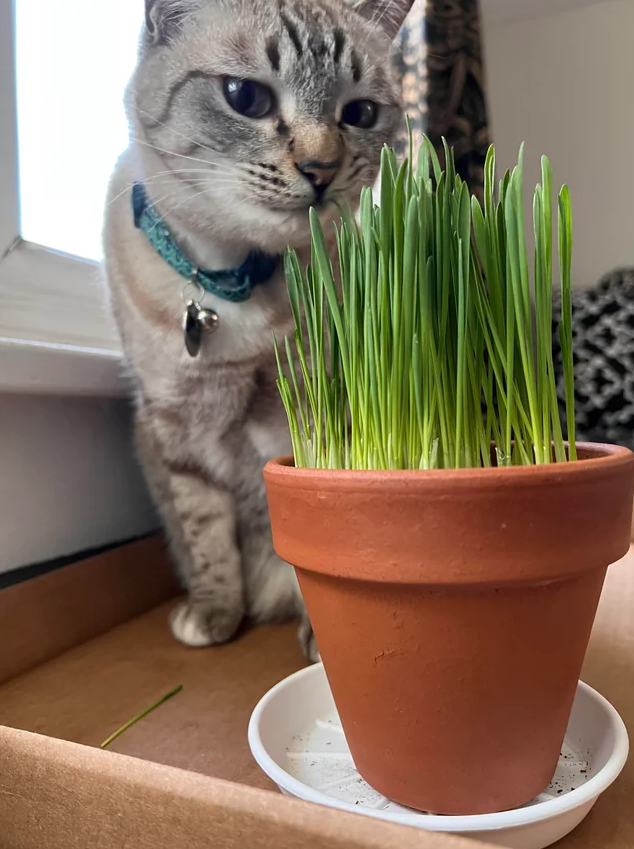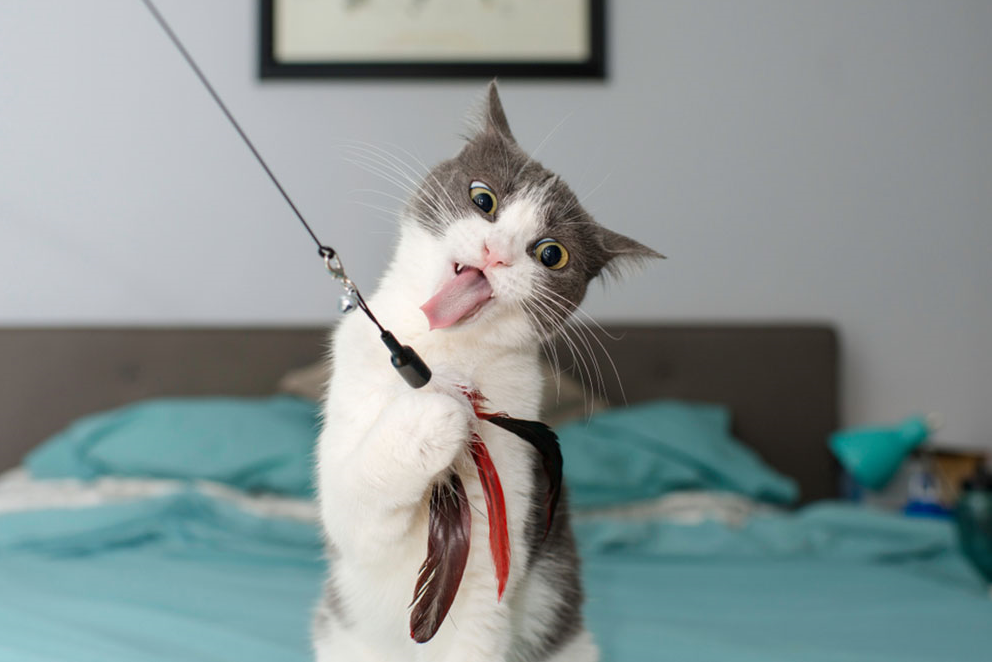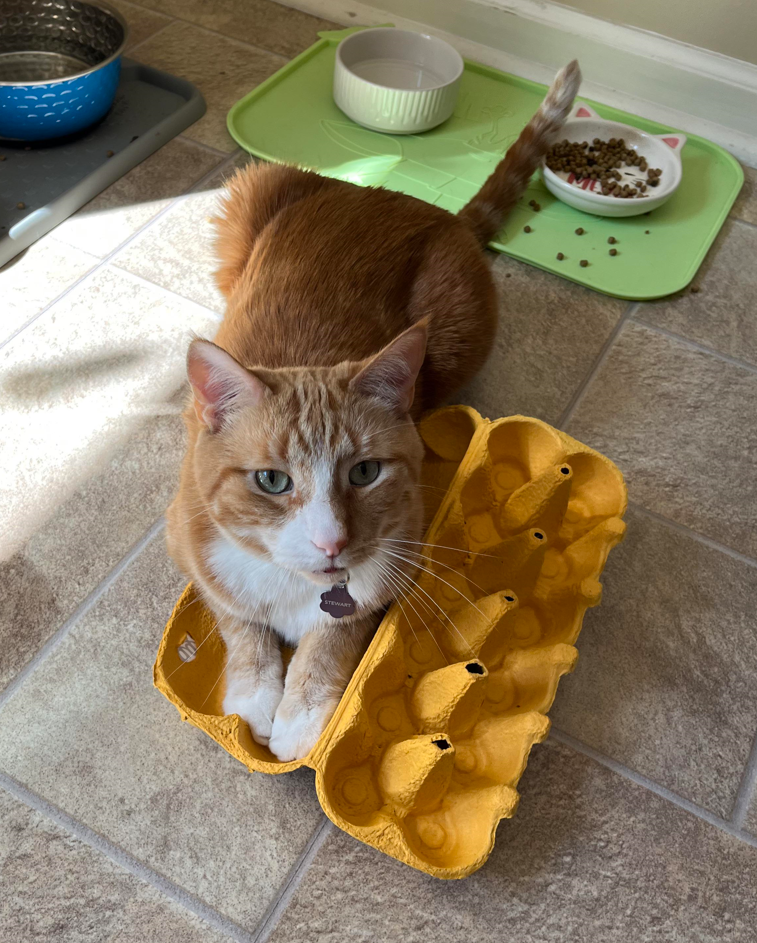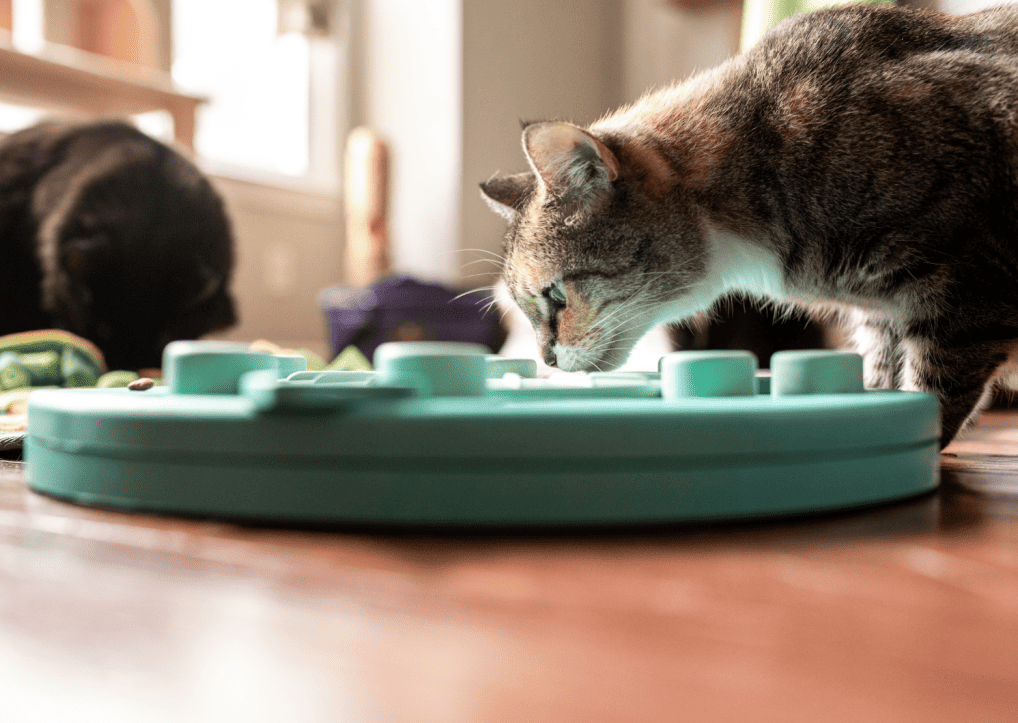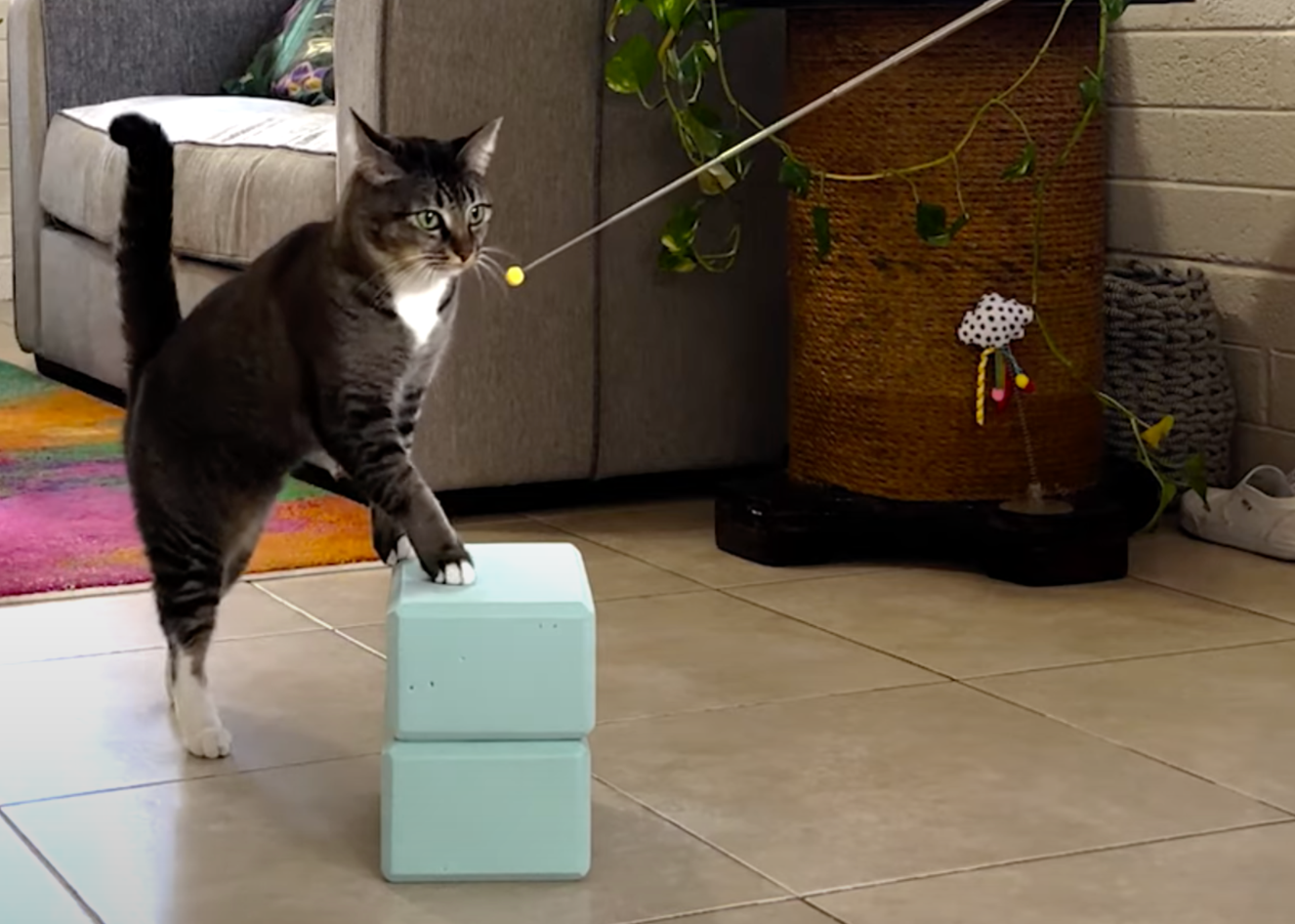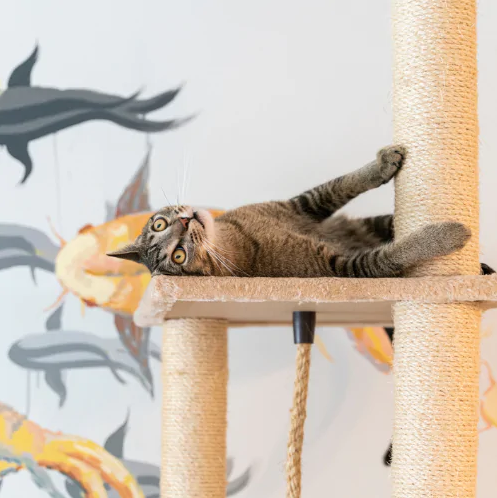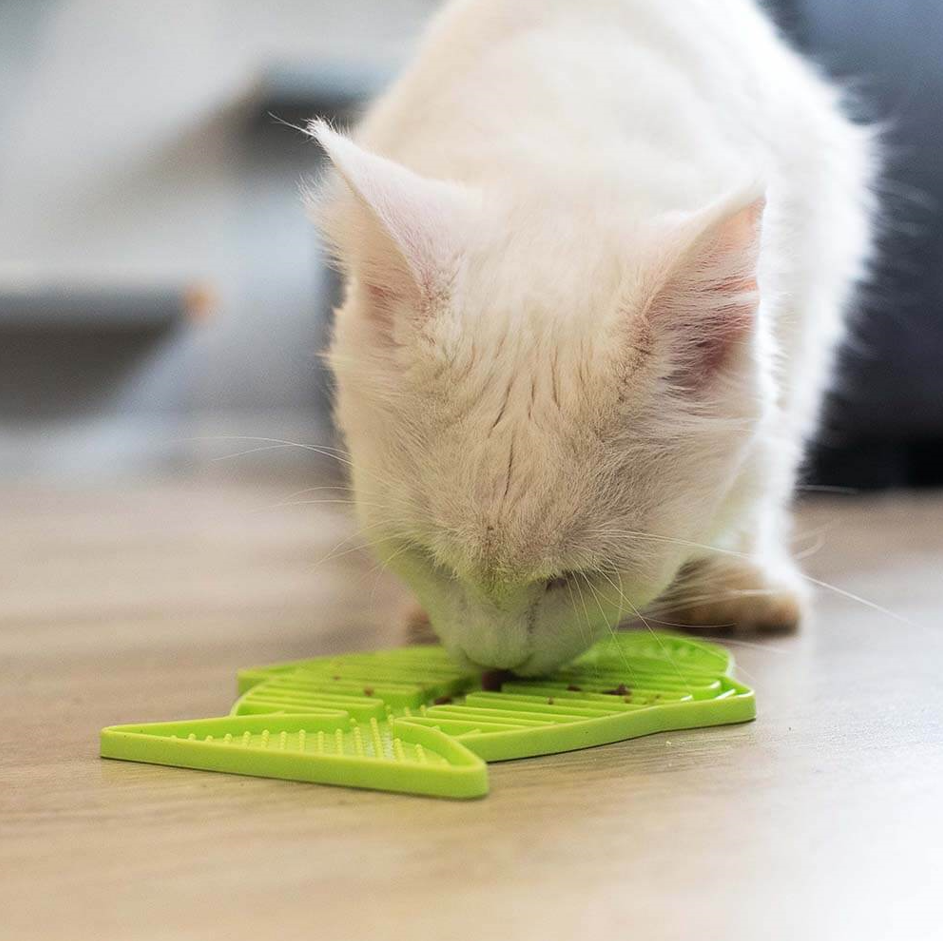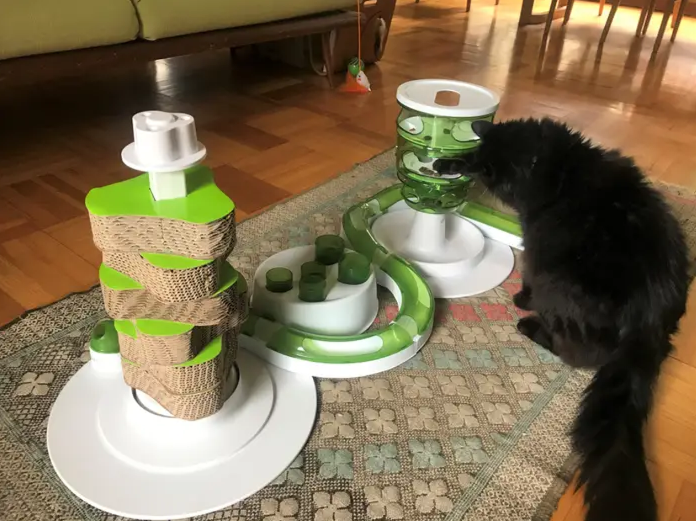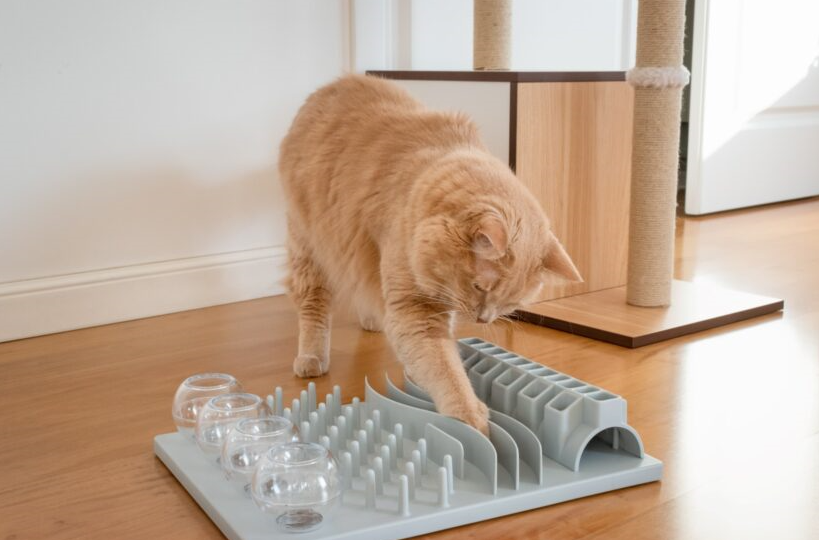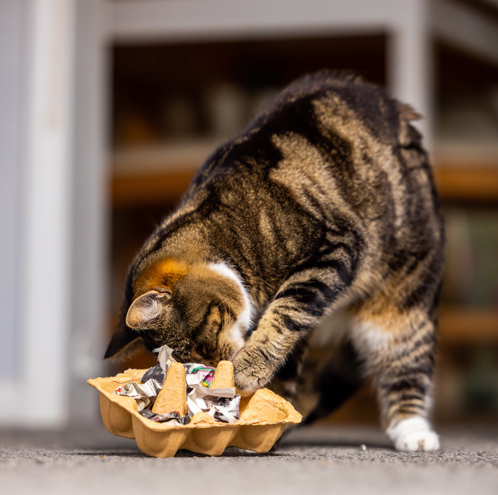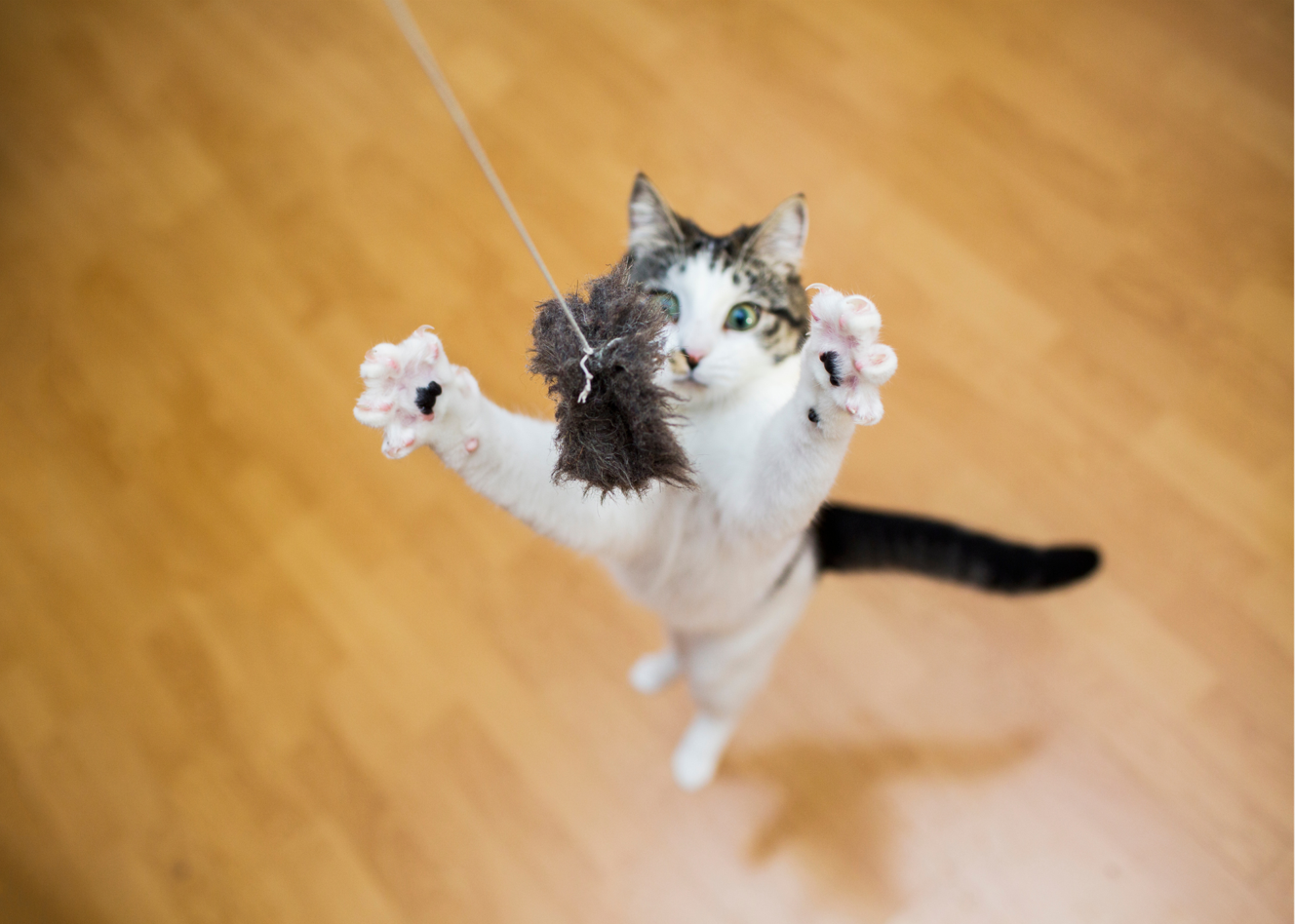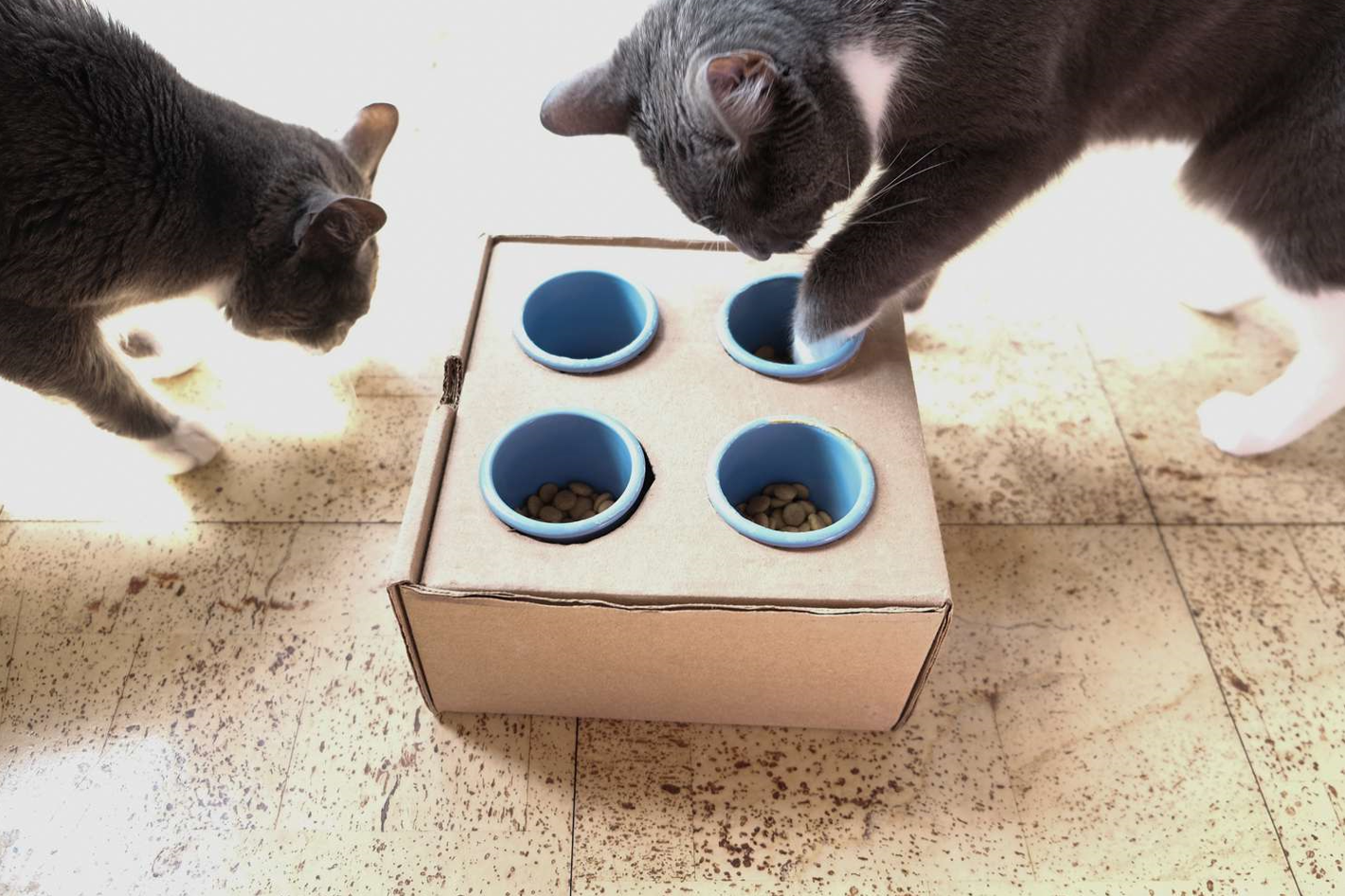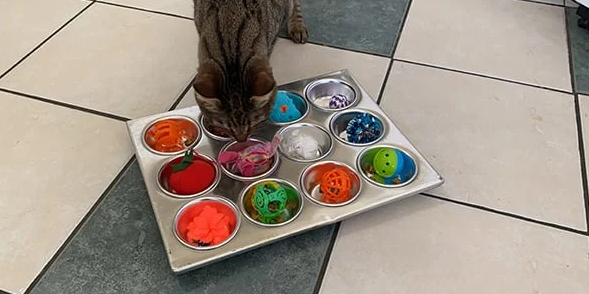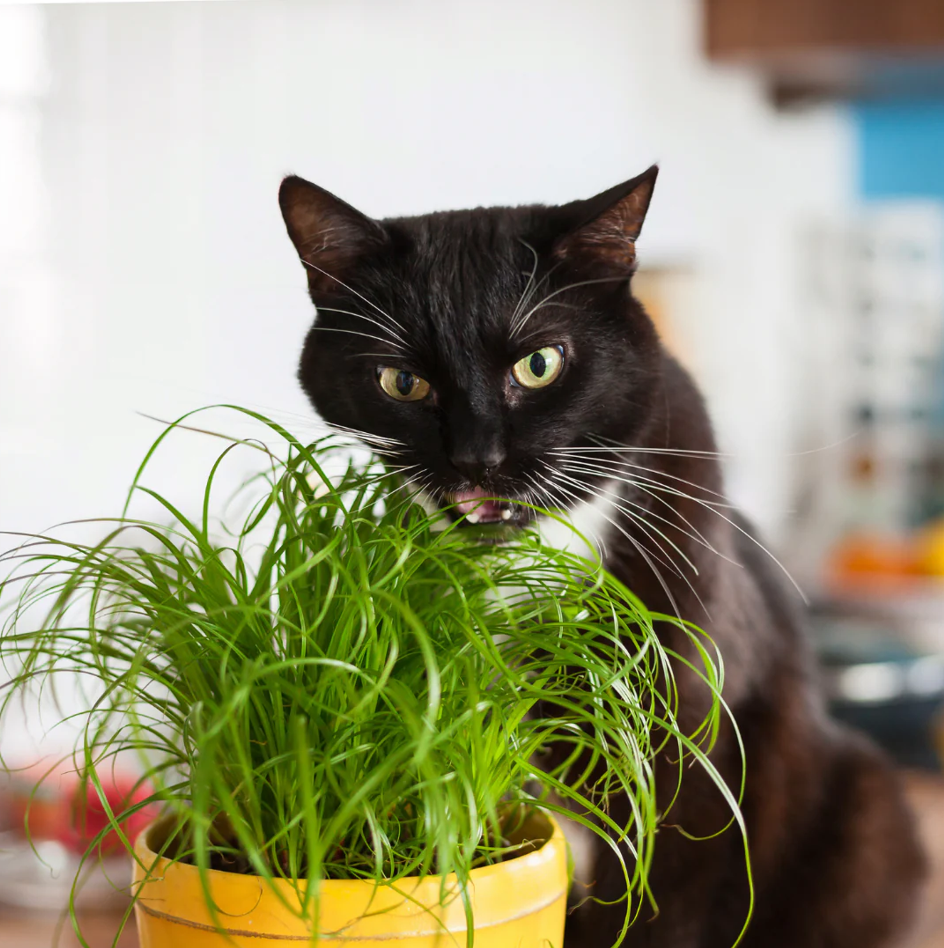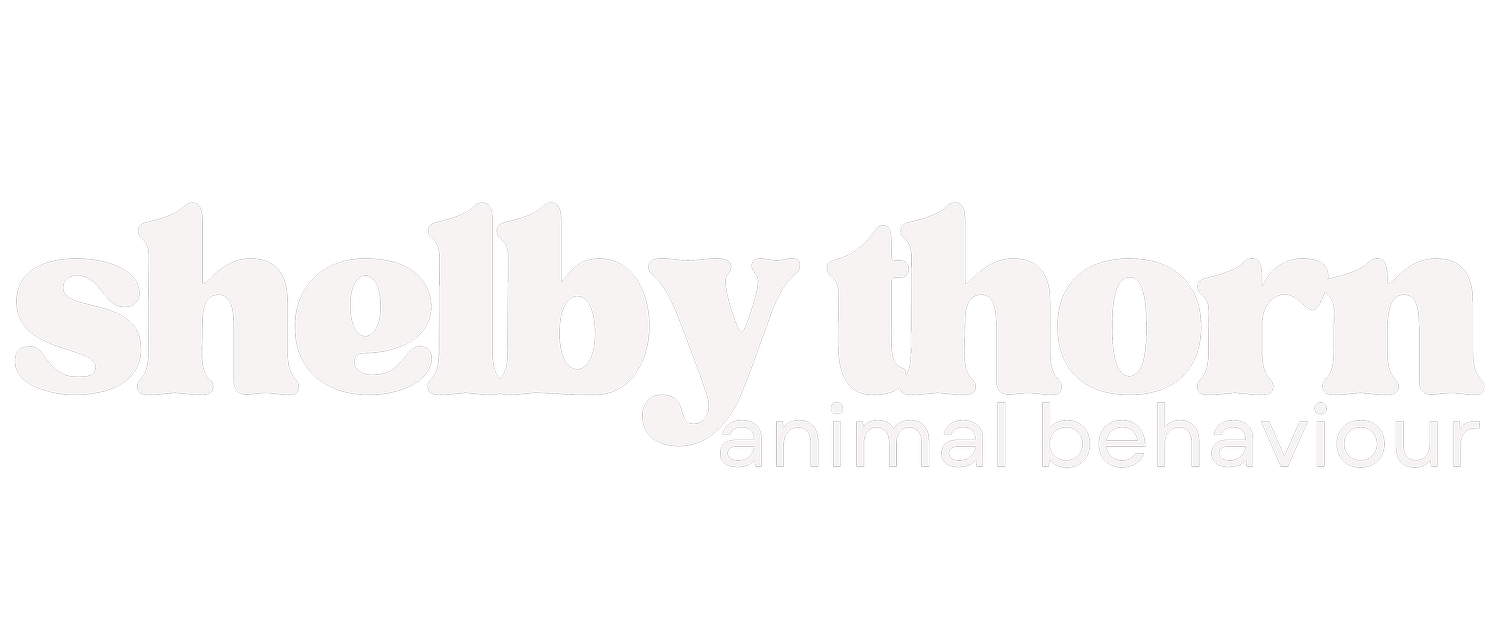Keeping Cats Curious: Fun Ways to Enrich Your Cat’s Life
Our days are filled with activities that keep our minds mentally stimulated. We get up, make coffee, exercise, drive to work, engage in challenging tasks, drive home, cook dinner, and do many other interesting things that help us grow, both mentally and physically. After COVID lockdowns, now more than ever, we recognise what it’s like to be our pets — stuck in an environment with limited variety and challenges.
All cats need some form of enrichment, especially those kept indoors. Enrichment is an opportunity for cats to practice natural behaviours and appropriately express their mental energy. Environmental enrichment involves introducing stimulating smells, sights, sounds, tastes, and sensations into your cat's environment. But one of the most crucial forms of enrichment is providing opportunities for your cat to engage in their innate prey instincts.
Prey Drive & The Part It Plays
Cats are natural predators. In the wild, they would spend a significant portion of their day hunting for food — chasing, stalking, pouncing, and playing with their prey. This natural, instinctive behaviours is deeply ingrained in every cat, and without an outlet for it, cats may express frustration or excess energy in other ways, such as scratching furniture or using these hunting instincts towards other pets or people in the home, which often shows up as a use of aggression.
When a cat hunts, their brain releases dopamine, a chemical associated with pleasure and reward. This chemical not only helps regulate mood but also provides a sense of accomplishment when they catch or “win” their prey. Just like us, cats experience a surge of happiness and satisfaction when they’re able to engage with their instincts and feel like they’ve accomplished something.
By giving your cat appropriate outlets to practice this behaviour, you can prevent negative outcomes like destructive scratching, inappropriate aggression use, or other behavioural issues. Offering the right kind of stimulation allows them to use up their energy in a healthy and fulfilling way.
Enrichment Can Help With:
Reducing Isolation or Hiding Behaviors: By boosting their confidence with engaging activities.
Preventing Destructive Behaviour: Providing healthy outlets for energy prevents scratching furniture or attacking other pets.
Reducing Aggression Use: Giving your cat a chance to exercise their prey drive helps prevent frustration that could lead to aggression towards humans or other pets.
Preventing Over-Grooming: Boredom and stress can lead to over-grooming and hairballs, but enrichment can alleviate these issues.
Managing Obesity: Encouraging a slower eating pace through food-based enrichment can help prevent overeating or obesity.
Improving Overall Mental Health: Offering mental and physical stimulation can help your cat feel fulfilled, less anxious, and overall happier.
Types of Enrichment
There are many ways to provide enrichment that aligns with your cat’s natural instincts. Here are some ideas that don’t have to break the bank:
Food Enrichment -
Treat Dispensing Toys: Toys like treat-dispensing balls (often marketed for dogs but effective for cats too) turn mealtime into a game. You can also easily DIY by cutting holes in toilet paper rolls or paper towel inserts. Start with larger holes and reduce the size over time to keep your cat challenged.
KONG Wobbler: This weighted toy dispenses kibble as your cat nudges it. It provides a rewarding challenge and encourages your cat to work for their food.
Newspaper Puzzle: Lay out a piece of newspaper, place dry food or treats in the middle, and scrunch it up. Let your cat tear it apart to retrieve the food, mimicking the search for prey.
Snuffle Mats and Balls: Hide treats or kibble in the fibres, and your cat will need to sniff or roll the toy to get the food out.
Licki Mats: For wet food, Licki Mats provide a fun and engaging way to make your cat work for their meal. Some mats even allow for freezing, increasing the challenge!
Environmental Enrichment -
Scratching Posts and Cat Trees: Cats love to climb and scratch. Providing tall scratching posts, especially near windows, gives your cat a perfect vantage point to observe the world. It’s a great way to engage their prey drive as they watch birds, insects, or passersby.
Interactive Toys: Toys that mimic the movement of prey, like those from Catit Senses, engage your cat’s natural hunting instincts. These toys promote physical and mental stimulation, helping to burn off excess energy and frustration.
Bubbles: Cats often love chasing bubbles! It’s a fun and simple way to get them moving and mentally engaged. You can even involve kids, making it a family activity.
Catio or Window Perch: If possible, create a catio or install a window perch. Cats enjoy high places, where they feel secure and can keep an eye on their environment. Watching wildlife or the hustle and bustle of outside life provides both mental stimulation and physical relaxation.
Social and Mental Enrichment -
Clicker Training: Cats can be trained with a clicker, just like dogs! Using positive reinforcement, you can teach your cat simple tricks or behaviours, providing mental stimulation and strengthening your bond with them.
Prey Simulation: Use toys like feather wands or chicken on a string to mimic hunting. Let your cat stalk, chase, and pounce on the “prey.” Be sure to let them “catch” it occasionally to satisfy their instinctive drive for success.
Why It’s Important
When a cat is deprived of opportunities to express their natural instincts, they can become bored, frustrated, and stressed. This can manifest in undesirable behaviours like inappropriate scratching, aggression, or excessive vocalization. Allowing your cat to engage with their innate prey drive through activities like hunting toys, climbing, or puzzle feeders can help alleviate these issues. Cats need to feel mentally and physically engaged in a way that mimics their natural environment — and this enrichment leads to a more content and well-adjusted feline.
For more enrichment ideas, especially DIY projects, Pinterest is full of inspiration.
